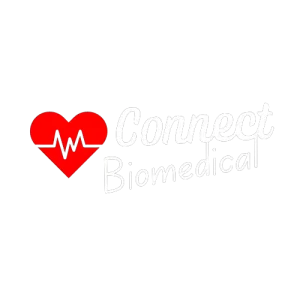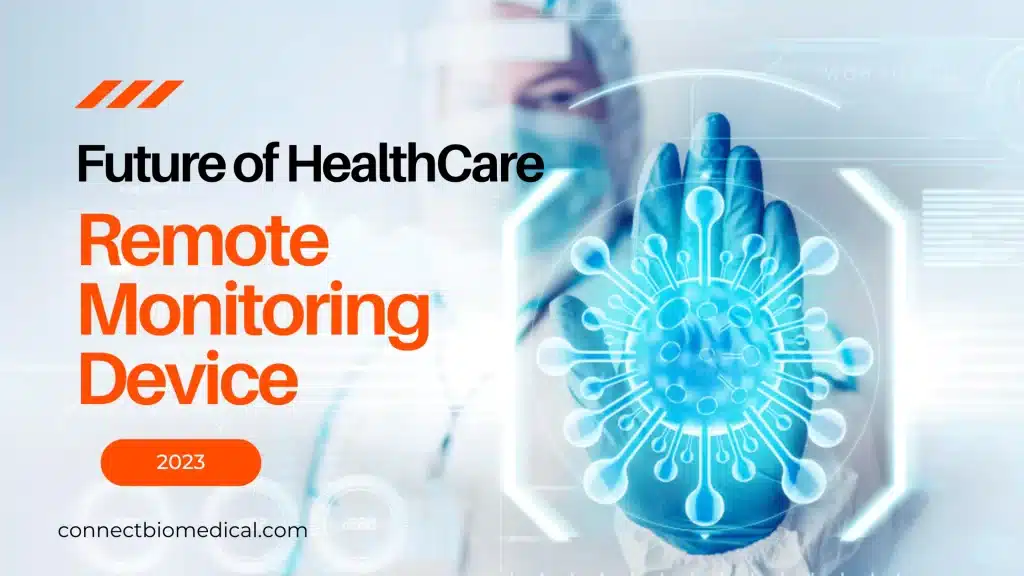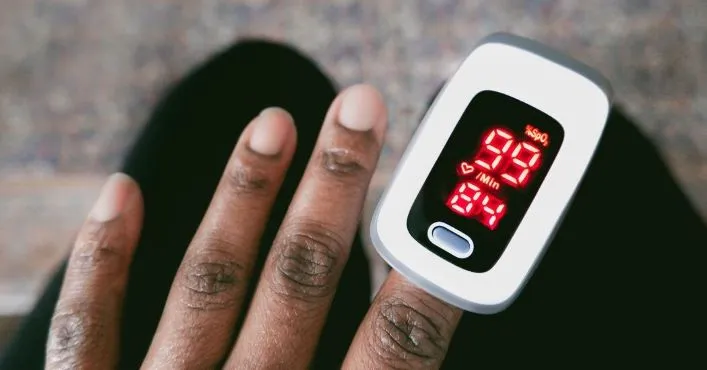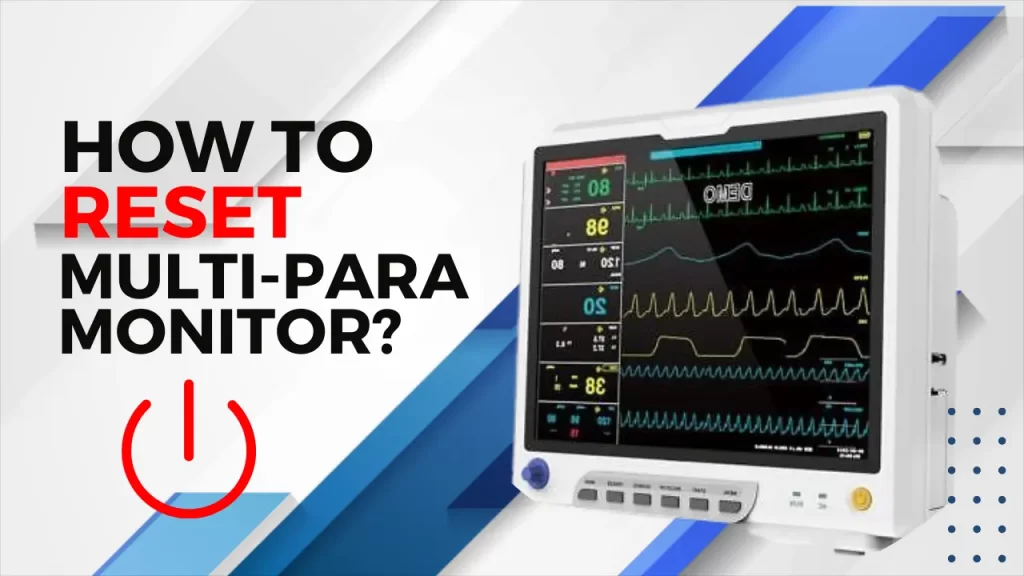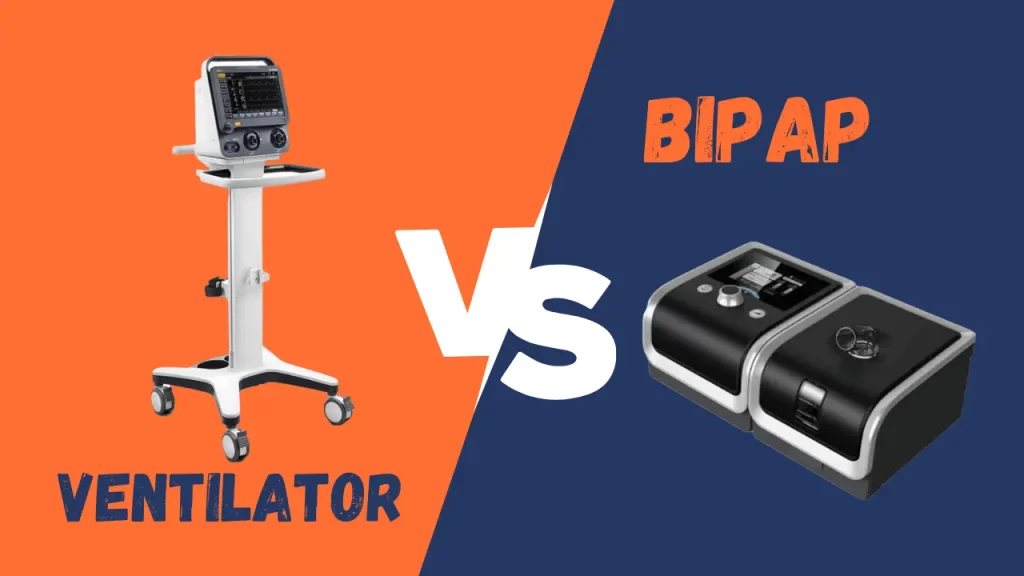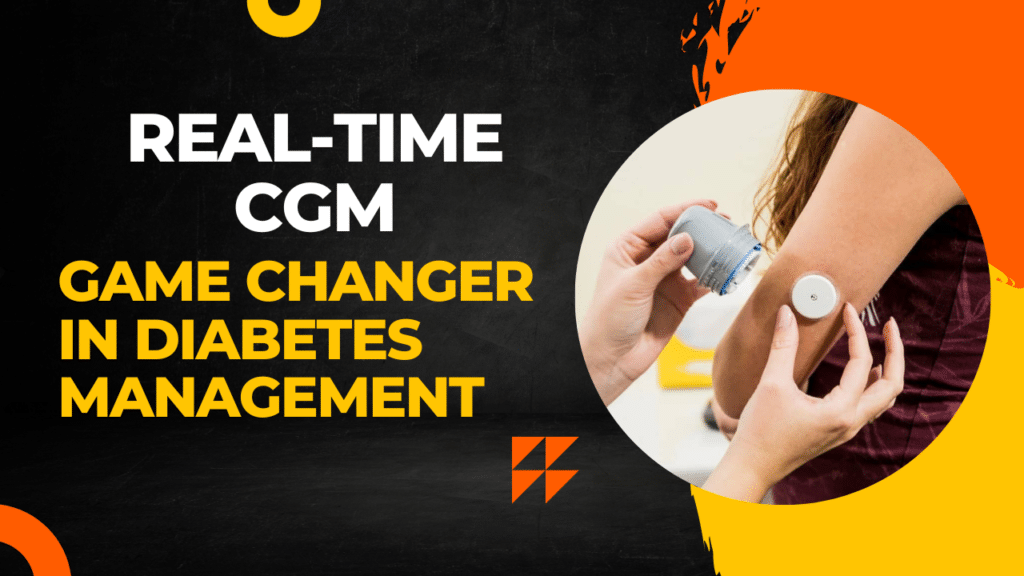In today’s world, remote monitoring devices play a crucial role in the healthcare industry in many ways. These devices are an essential tool that enables healthcare professionals to monitor patients, collect data, and provide patient care from anywhere in the world. This article aims to explore the importance of remote monitoring devices in healthcare and discuss advancements and opportunities in remote monitoring technology.
Table of Contents
- Importance of Remote Monitoring Devices in Healthcare
- Advancements and Opportunities in Remote Monitoring Technology
- Types of Remote Monitoring Devices
- Benefits of Remote Monitoring Devices
- Challenges and Limitations
- The Role of Artificial Intelligence
- Telemedicine and Remote Patient Monitoring
- The Future of Remote Monitoring
- Ethical Considerations
- The Impact of Remote Monitoring on Healthcare Providers
- Examples of Remote Monitoring in Healthcare
- Patient Education and Engagement
- Future Research in Remote Monitoring Devices
- The Role of Big Data
- Conclusion
- FAQs
Importance of Remote Monitoring Devices in Healthcare
Remote monitoring devices provide numerous benefits for healthcare providers and patients. These devices play a critical role in the patient’s overall care journey and can significantly impact the quality of care. It offers a broad range of benefits such as:
- Improved access to care in remote areas
- Increased patient autonomy
- Early detection and prevention of medical conditions
- Cost-effectiveness of care delivery
- Reduced hospital readmissions
Remote monitoring devices can also help gather data on a patient’s health status, which can then be used to provide more personalized care and treatment plans.
Advancements and Opportunities in Remote Monitoring Technology
Remote monitoring technology is continuously evolving and opening up new opportunities in healthcare. Innovations are driving advancements in remote monitoring technology, making it more efficient and accessible.
Advancements in remote monitoring devices are providing healthcare professionals with real-time and comprehensive data to improve patient outcomes.
Remote monitoring technology is also opening up new avenues for personalized medicine by providing new and innovative ways to monitor and manage patient conditions.
Types of Remote Monitoring Devices
There are several types of remote monitoring devices available in the market. These devices are designed to monitor different aspects of patient’s health, and each has its unique benefits and limitations. The types of remote monitoring devices include:
Wearables
Wearable devices such as smartwatches and fitness trackers are the most common remote monitoring devices available in the market. They are designed to monitor different aspects of health and fitness, such as heart rate, blood oxygen levels, and sleep patterns.
Implantables
Implantable devices such as pacemakers and continuous glucose monitors are used to monitor and manage specific medical conditions. They are implanted under the skin and can send data to healthcare providers regularly.
Mobile Apps
Mobile apps are becoming increasingly popular for remote patient monitoring. Patients can use these apps to log their symptoms, track their medication usage, and record their vital signs, making it easier to provide accurate and timely care.
Benefits of Remote Monitoring Devices
Remote monitoring devices provide numerous benefits for patients and healthcare professionals alike. Some of the key benefits of remote monitoring devices include:
Patient Empowerment
Remote monitoring devices empower patients to take control of their health and manage their conditions proactively. Patients can monitor their vitals and symptoms on a regular basis, which can help them identify any changes or triggers that could lead to a medical emergency.
Improved Access to Healthcare
Remote monitoring devices can improve access to healthcare, especially in remote areas where healthcare services are scarce. Patients can access medical care from anywhere in the world, and healthcare professionals can provide care remotely, making it easier to follow up with patients regularly.
Early Detection and Prevention of Medical Conditions
Remote monitoring devices can detect changes in patient’s health, allowing healthcare professionals to intervene before medical conditions become severe. This can help prevent complications, reduce the need for hospitalization, and improve patient outcomes.
Cost-effectiveness
Remote monitoring devices can reduce the cost of care delivery for patients and healthcare providers. Patients can spend less time traveling to healthcare facilities for care, and healthcare providers can provide more efficient and cost-effective care remotely.
Challenges and Limitations
While remote monitoring devices provide numerous benefits, they also come with some challenges and limitations that need to be addressed. Some of the key challenges and limitations include:
Data Privacy and Security Concerns
Remote monitoring devices collect sensitive patient data, and healthcare providers must ensure that this data is protected against unauthorized access and breaches.
Accuracy and Reliability of Remote Monitoring Devices
Remote monitoring devices must be accurate and reliable to ensure that healthcare professionals can make informed decisions based on the data collected.
Limited Access to Technology by Underserved Communities
Remote monitoring devices require access to technology such as smartphones, tablets, and the internet, which may not be accessible to underserved communities.
The Role of Artificial Intelligence
Artificial intelligence (AI) is playing an increasingly important role in remote monitoring. AI algorithms can analyze large data sets collected from remote monitoring devices to predict and diagnose medical conditions. AI can also help healthcare professionals tailor treatment plans to a patient’s specific needs.
Telemedicine and Remote Patient Monitoring
Telemedicine is rapidly evolving, and remote patient monitoring is becoming an essential component of telemedicine. Telemedicine platforms are being developed to facilitate remote monitoring of patients and provide healthcare professionals with real-time data that can be used to make treatment decisions.
The Future of Remote Monitoring
The future of remote monitoring is exciting, with new technologies and applications continuing to emerge. Innovations in remote monitoring technology will enable the integration of remote monitoring and digital health tools, improving patient outcomes and providing more personalized care.
Ethical Considerations
Remote monitoring presents ethical considerations that need to be addressed, such as the impacts of remote monitoring on healthcare ethics, balancing patient autonomy and clinical decision-making, and regulatory frameworks.
The Impact of Remote Monitoring on Healthcare Providers
Remote monitoring is changing the healthcare delivery model, with healthcare providers collaborating more closely than ever before. Remote monitoring will also play a critical role in reducing healthcare costs and providing more efficient and effective care delivery.
Examples of Remote Monitoring in Healthcare
Several case studies demonstrate the effectiveness of remote monitoring in specialty care and chronic disease management. Remote monitoring has also been used extensively during the COVID-19 pandemic to provide effective care delivery while adhering to social distancing measures.
Patient Education and Engagement
Effective patient education is essential for remote monitoring to be successful. Healthcare providers should ensure that patients understand the importance of remote monitoring devices and how they can use them to manage their conditions effectively.
Future Research in Remote Monitoring Devices
Research in remote monitoring devices is continuously evolving, providing new insights and innovations. Future research areas include potential applications for remote monitoring devices in specific medical conditions, such as heart disease and respiratory illnesses, and technical advancements in remote monitoring technology.
The Role of Big Data
Remote monitoring generates large data sets that can be used to improve patient outcomes and inform healthcare policies. Big data analytics can help identify patterns and trends in patient health, leading to more informed decision-making and improved patient care.
Conclusion
Remote monitoring devices offer numerous benefits for patients and healthcare professionals alike, providing improved access to care, early detection and prevention of medical conditions, and cost-effectiveness of care delivery. It’s essential to address the challenges and limitations of remote monitoring and ensure that ethical considerations are considered. Advances in remote monitoring technology will continue to revolutionize healthcare delivery, allowing for more personalized and efficient patient care while reducing healthcare costs.
FAQs
What are remote monitoring devices?
Remote monitoring devices are devices that can collect and transmit patient health data to healthcare professionals remotely.
What are the types of remote monitoring devices?
The types of remote monitoring devices include wearables, implantables, mobile apps, and other forms of remote monitoring technology.
What are the benefits of remote monitoring devices in healthcare?
Remote monitoring devices offer improved access to care, early detection and prevention of medical conditions, patient empowerment, and cost-effectiveness of care delivery.
What are the challenges and limitations of remote monitoring devices?
Challenges and limitations of remote monitoring devices include data privacy and security concerns, accuracy and reliability of devices, and limited access to technology by underserved communities.
How is telemedicine related to remote patient monitoring?
Telemedicine involves using technology to facilitate remote communication between healthcare providers and patients. Remote patient monitoring is a subset of telemedicine that involves the use of remote monitoring devices to collect and transmit patient health data to healthcare professionals.
How will remote monitoring devices impact healthcare providers?
Remote monitoring devices will change the healthcare delivery model by increasing collaboration among healthcare providers, reducing healthcare costs, and providing more efficient and effective care delivery.
How has COVID-19 affected remote monitoring devices?
Remote monitoring devices have become essential during the COVID-19 pandemic, allowing healthcare professionals to provide care remotely while adhering to social distancing measures.
What is the role of big data in remote monitoring?
Big data generated by remote monitoring devices can be used to improve patient outcomes, inform healthcare policies, and identify patterns and trends in patient health.
